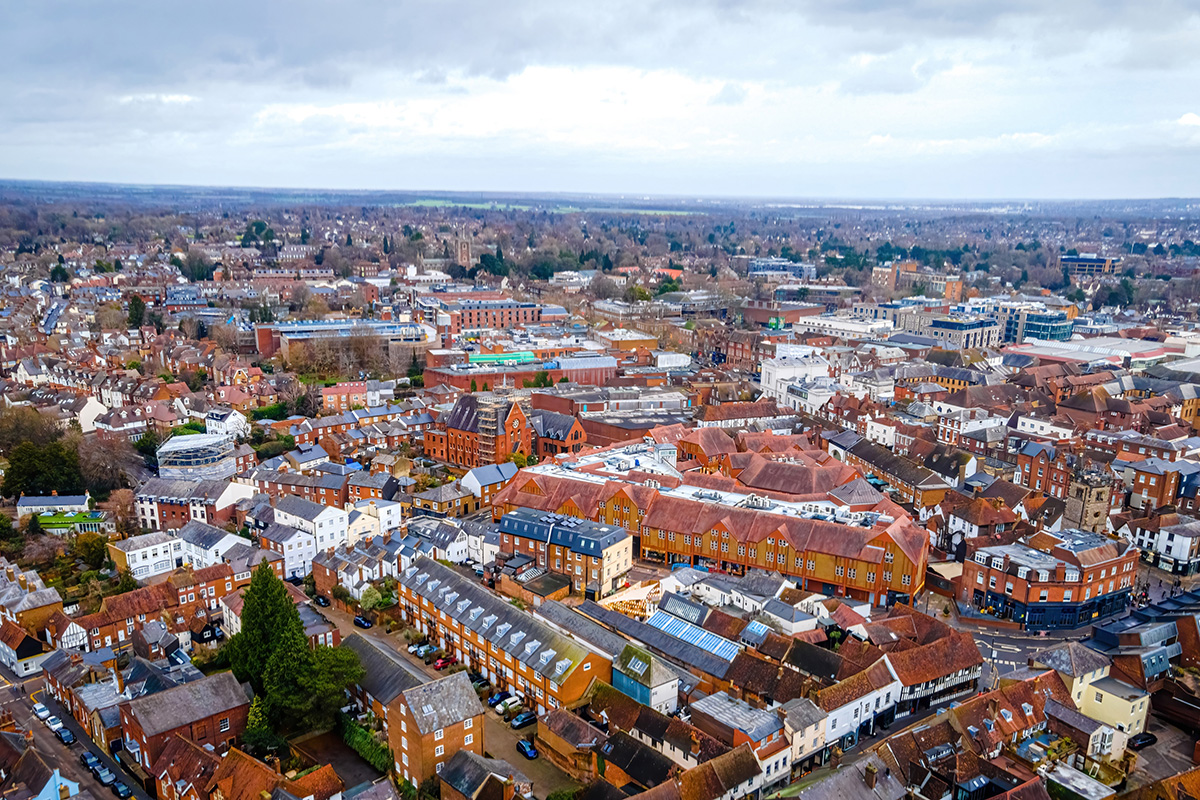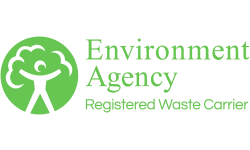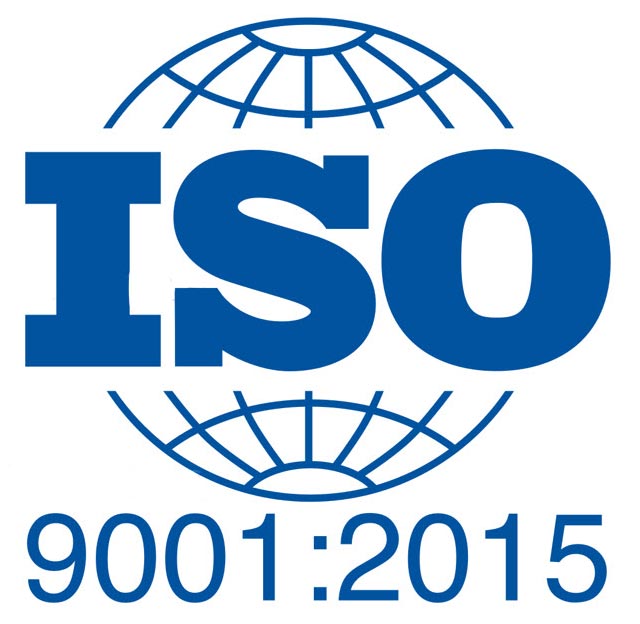Safeguarding St Albans: The Imperative of Asbestos Removal for a Healthier Environment
St Albans, a historic city with a rich heritage, has seen decades of construction and development. As in many places, the use of asbestos was once prevalent in St Albans due to its fire-resistant properties and durability. However, with the growing awareness of the health risks associated with asbestos exposure, the need for asbestos removal in St Albans has become crucial. Here we explore the significance of asbestos removal in the context of St Albans, the potential risks posed by asbestos-containing materials (ACMs), and the systematic approach involved in ensuring a safer and healthier living environment for the residents.
The Historical Use of Asbestos in St Albans
Construction Boom and Asbestos:
Like many cities during the mid-20th century, St Albans experienced a construction boom, leading to the widespread use of asbestos in various building materials. Asbestos was valued for its heat resistance and durability, making it a popular choice in roofing, insulation, and other construction components.
Health Concerns Arise:
Over time, scientific research revealed the severe health risks associated with asbestos exposure, including respiratory diseases and various forms of cancer. This new found knowledge prompted a reevaluation of the use of asbestos in construction materials and led to the implementation of stricter regulations to protect public health.
The Risks of Asbestos Exposure
Respiratory Diseases:
Asbestos fibres, when disturbed, can become airborne and easily inhaled. Prolonged exposure to these fibres can lead to serious respiratory conditions such as asbestosis, a chronic lung disease, and mesothelioma, a rare but aggressive form of cancer.
Long Latency Period:
One of the unique challenges associated with asbestos-related diseases is their long latency period. Symptoms may not manifest for several decades after exposure, making early detection and prevention paramount.
Public Health Concerns:
As St Albans continues to evolve, older buildings with asbestos-containing materials may pose a potential risk to public health. It is crucial to address and remove these materials systematically to ensure the well-being of residents and workers.
The Imperative of Asbestos Removal in St Albans
Protecting Public Health:
The primary motivation behind asbestos removal in St Albans is to protect the health of its residents. Identifying and safely removing asbestos-containing materials from homes, schools, and workplaces is essential to minimise the risk of asbestos-related diseases.
Legal Compliance:
National and local regulations mandate the safe handling and removal of asbestos-containing materials. Compliance with these regulations is not only a legal requirement but also a commitment to responsible and ethical construction practices.
Preserving Architectural Heritage:
St Albans boasts a rich architectural heritage with historic buildings and structures. Asbestos removal plays a crucial role in preserving this heritage by ensuring that these structures are safe for occupancy and restoration.
The Asbestos Removal Process
Site Assessment:
Before initiating asbestos removal in St Albans, a comprehensive site assessment is conducted. This involves identifying the location and extent of asbestos-containing materials through thorough inspections and, if necessary, sampling for laboratory analysis.
Risk Assessment:
The findings from the site assessment contribute to a detailed risk assessment, which considers factors such as the condition of the asbestos, its location, and the potential for fibre release. This assessment guides the development of a safe and effective removal plan.
Notification and Regulation Compliance:
Depending on the scale of the asbestos removal project, regulatory authorities may need to be notified, and permits obtained. Compliance with regulations ensures that the removal process follows established safety standards and protocols.
Containment and Isolation:
To prevent the spread of asbestos fibres during removal, specialised containment measures are implemented. This often includes sealing off the work area with barriers, using negative air pressure units, and employing wet methods to minimise dust.
Personal Protective Equipment (PPE):
Workers involved in asbestos removal wear appropriate PPE, including respirators, coveralls, and gloves, to minimise the risk of direct contact with asbestos fibres.
Safe Removal Techniques:
Trained and certified asbestos removal professionals employ safe removal techniques, including controlled dismantling and the use of specialised equipment. These techniques are designed to minimise the generation of airborne asbestos fibres.
Waste Disposal:
Asbestos waste is carefully collected, double-bagged in impermeable containers, and transported to licensed disposal sites. Proper disposal is crucial to prevent environmental contamination.
Post-Removal Inspection:
After asbestos removal, a thorough inspection is conducted to ensure that the site is free from asbestos contamination. Air monitoring may be performed to confirm that airborne asbestos levels are within acceptable limits.
Community Engagement and Awareness
Public Information Campaigns:
Informing the public about the importance of asbestos removal through awareness campaigns helps build understanding and support for these initiatives.
Community Involvement:
Engaging with local communities and keeping residents informed about ongoing asbestos removal projects fosters a sense of transparency and trust.
In conclusion, as St Albans continues to thrive and evolve, addressing the historical use of asbestos in construction is pivotal for the well-being of its residents and the preservation of its architectural heritage. Through systematic asbestos removal processes, the city can mitigate the health risks associated with asbestos exposure, comply with regulatory standards, and contribute to creating a safer and healthier living environment. By prioritising the removal of asbestos-containing materials, St Albans can ensure that its growth is accompanied by a commitment to public health and safety, safeguarding the city for current and future generations.
For more information on Asbestos Removal in St Albans contact AF Environmental Ltd.





